Before and after pictures show how climate change is destroying the earth
ROCKY MOUNTAIN NATIONAL PARK BEFORE: Healthy pine trees stretch for tens of millions of acres in the northwestern United States and western Canada.

ROCKY MOUNTAIN NATIONAL PARK NOW: A hillside of dead pine trees killed by Mountain Pine Beetles shows the effects of warming temperatures in the mountain ranges. In the past, freezing temperatures reduced insect populations. The beetles are now able to survive the milder winters leading to devastating infestations.
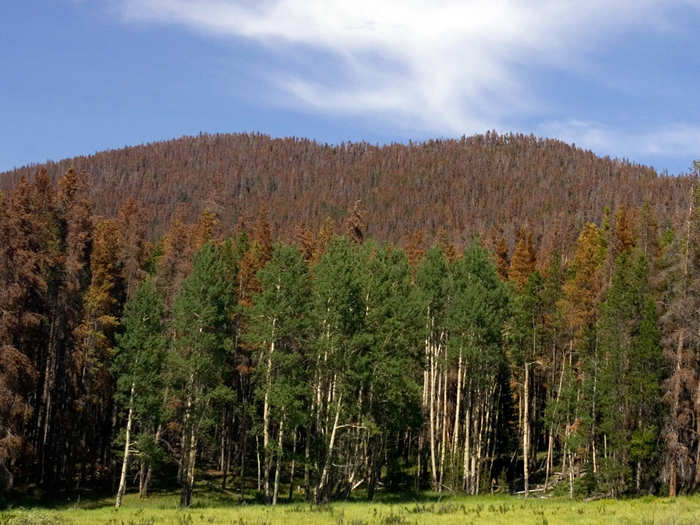
THE GREAT BARRIER REEF BEFORE: Considered one of the most biologically-diverse regions in the world, Australia's Great Barrier Reef covers around 135,000 square miles, or an area that's nearly the size of Texas. Ocean acidification and temperature increases from climate change are the reef's biggest long-term threat.
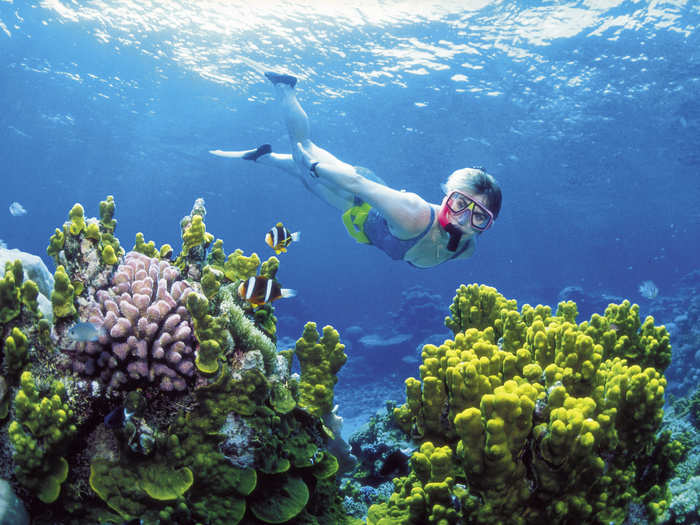
THE GREAT BARRIER REEF NOW: Warmer water temperatures trigger widespread coral bleaching, when coral turns white and is much more susceptible to death. Coral is vital to supporting ocean life.

THE DANUBE RIVER BEFORE: The Danube, Europe's second longest river, flows eastward from its source in Germany to the Black Sea in Romania. The Danube river basin is critical to supporting industry, transport, agriculture, and fishing.
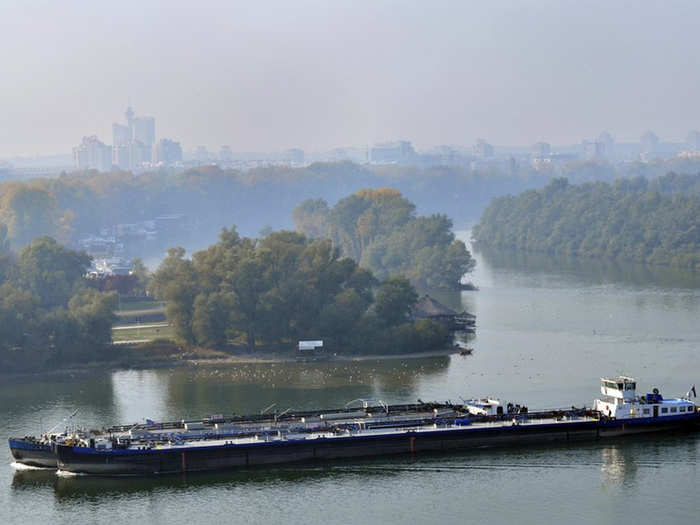
THE DANUBE RIVER NOW: Between 2011 and 2012, a persistent drought led to record-low water levels along the Danube, stranding boats and paralyzing parts of the busy waterway.
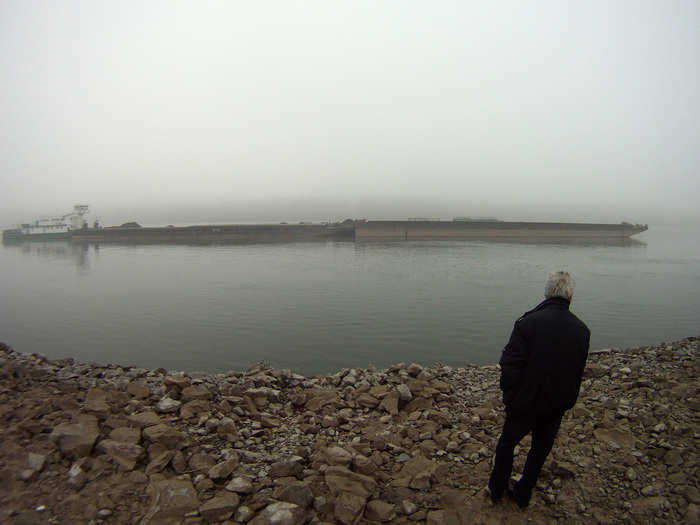
THE ALPS BEFORE: Matterhorn, one of Europe's tallest peaks, located in the Alps on the border between Italy and Switzerland, is pictured with a blanket of snow and ice on Aug. 16, 1960.
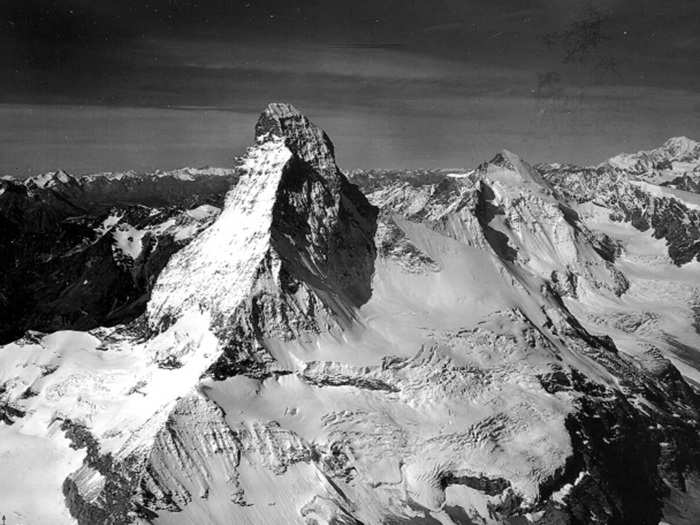
THE ALPS NOW: The Swiss peak, pictured on Aug. 18, 2005, is eroding as a result of melting glacier water at the summit. The water sinks into cracks and creates even bigger fissures after several cycles of freezing and thawing. The disintegration of Matterhorn is anecdotal of the effects of climate change in most of the Alps.
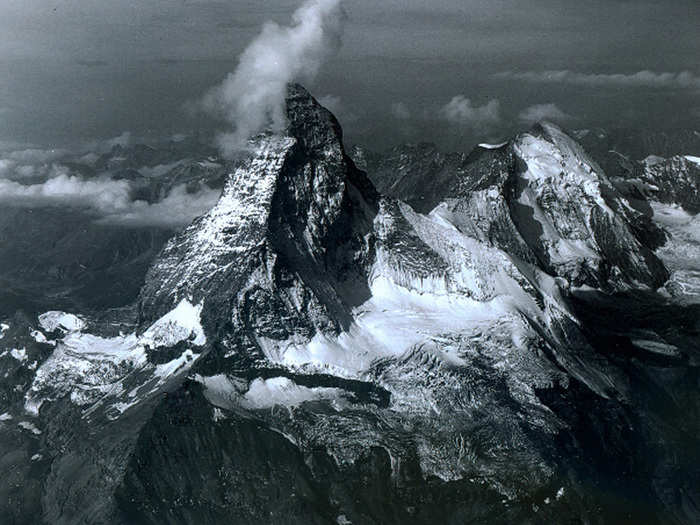
MUIR GLACIER BEFORE: A late-19th century photograph of Alaska's Muir Glacier shows many icebergs — some nearly 7-feet wide — in the foreground.
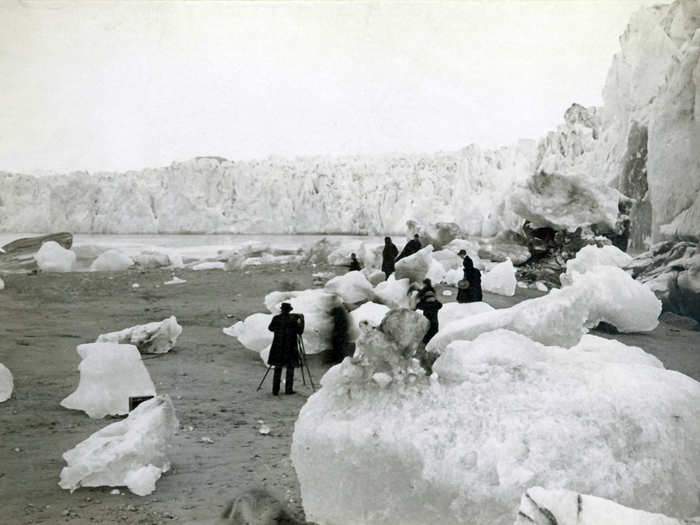
MUIR GLACIER NOW: By 2005, Muir Glacier had retreated more than 31 miles. Although this picture was taken from the same location as the early black-and-white photograph, the glacier is completely out of view. There's an abundance of vegetation looking to the west, and the beach in the foreground is now covered by pebbles, which came from sediment deposited by Muir Glacier and by melting icebergs on the ground.
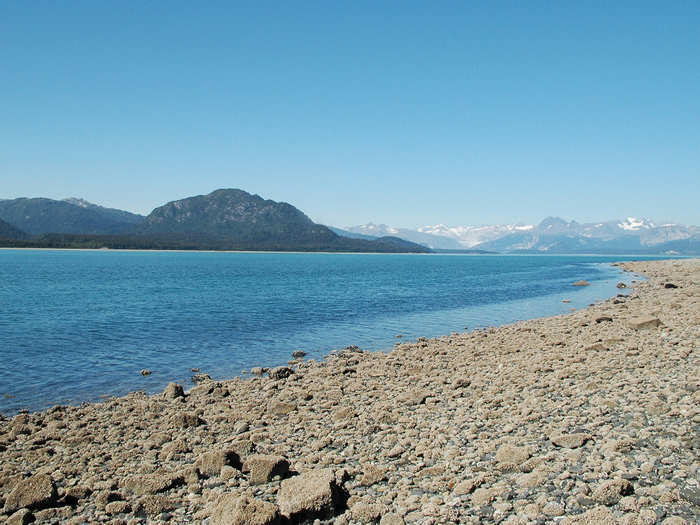
LAKE CHAD BEFORE: Africa's Lake Chad, pictured in the 1930s, was once the world's sixth-largest lake. It provided water to at least 20 million people in Nigeria, Chad, Cameroon, and Niger.
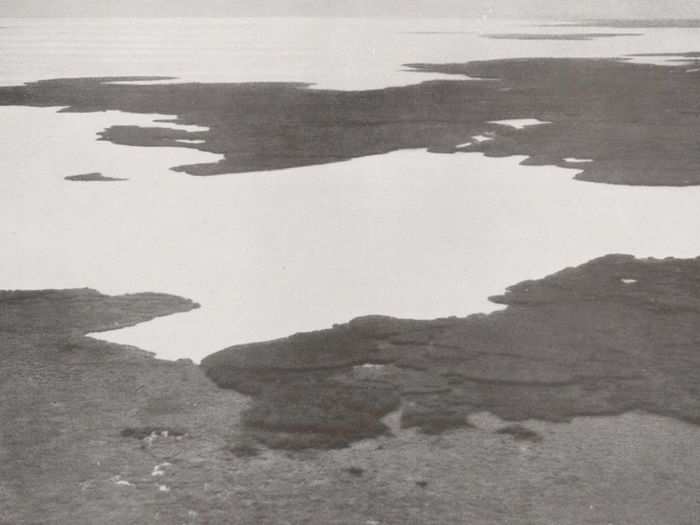
LAKE CHAD NOW: The lake has lost about 80% of its surface area since the 1960s, a combined effect of irrigation, the damming of rivers, and global warming.
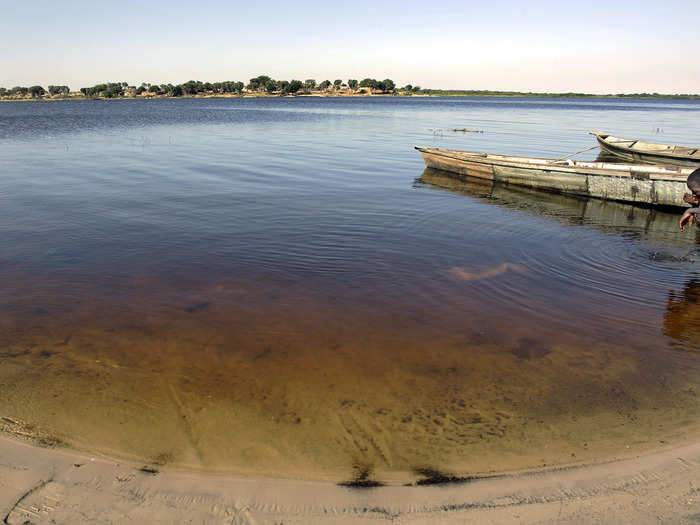
SAN BLAS ARCHIPELAGO BEFORE: The San Blas islands in Panama are home to the Guna people. Their traditional thatched-roof houses and ancient way of life are being threatened by climate change.
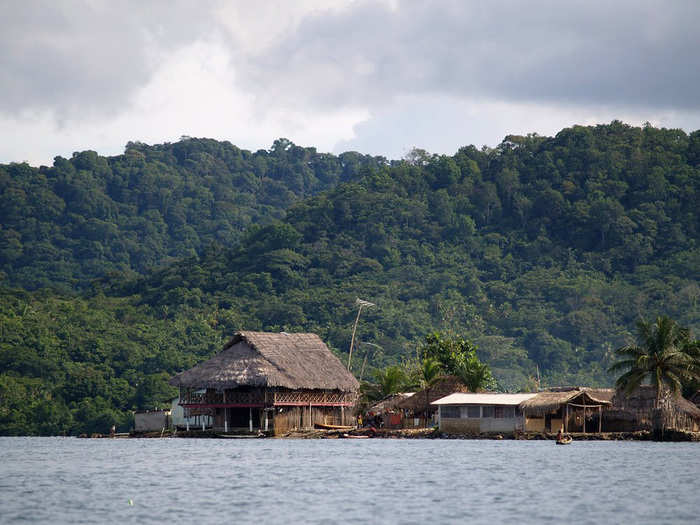
SAN BLAS ARCHIPELAGO NOW: The Caribbean island communities are flooded for several days every rainy season as a result of rising ocean levels caused by global warming. In the foreground, a traffic sign reading "Slow Down" is partially submerged.
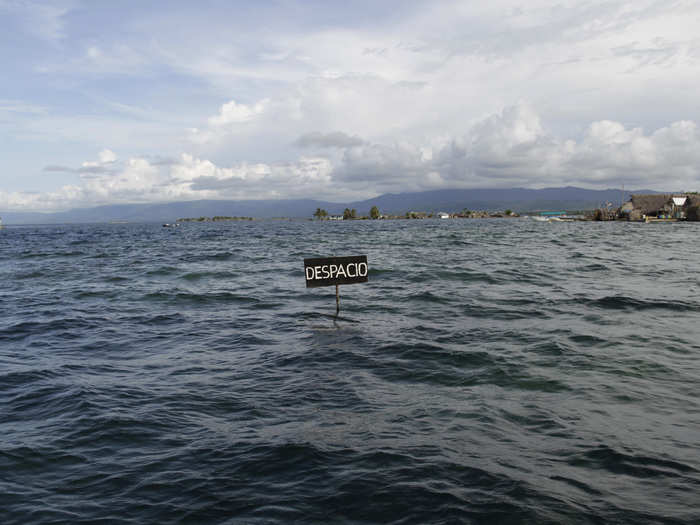
CORAL REEFS BEFORE: Corals seen in Dibba, located on the east coast of the northern Emirates, are healthy and teeming with fish in 2004.
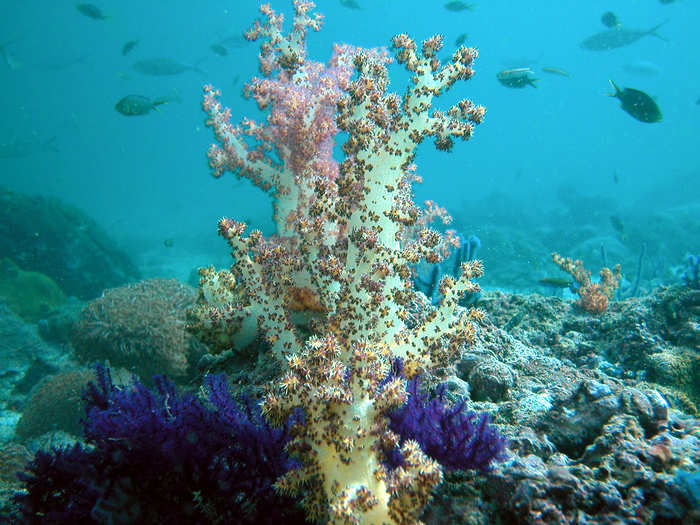
CORAL REEFS NOW: The reef was devastated in 2008 by harmful algae blooms known as red tide, potentially linked, in part, to increased greenhouse gases and rising ocean temperatures. The tide kills sea life by depleting the oxygen in the water.
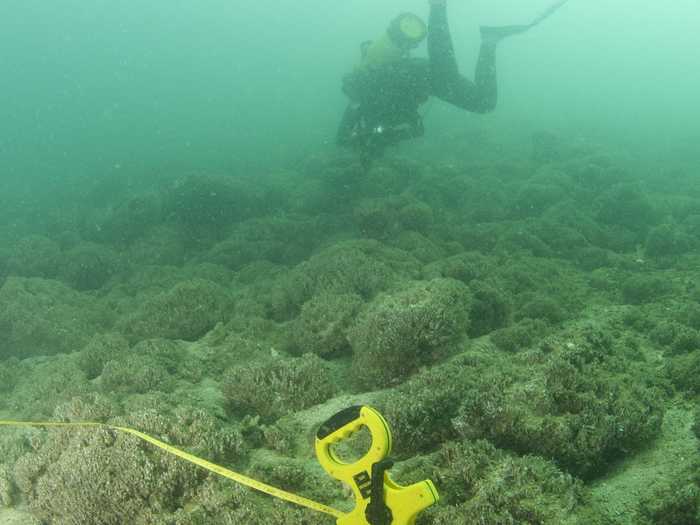
WHITBY HARBOUR BEFORE: Whitby, in northern England, was once a busy fishing town that was packed with boats, fish-sellers, and tourists.
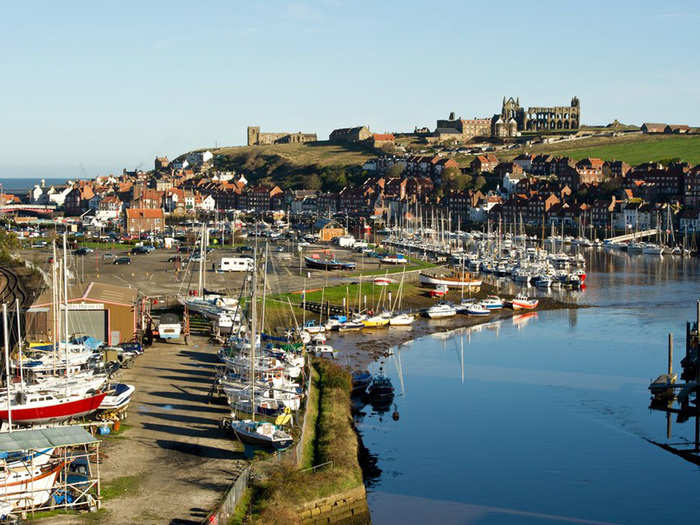
WHITBY HARBOUR NOW: The port is now quiet, flanked by empty pots, nets, and dried-out fishing boats as global warming has pushed fish stocks northward. Only about 200 fishermen remain in Whitby.
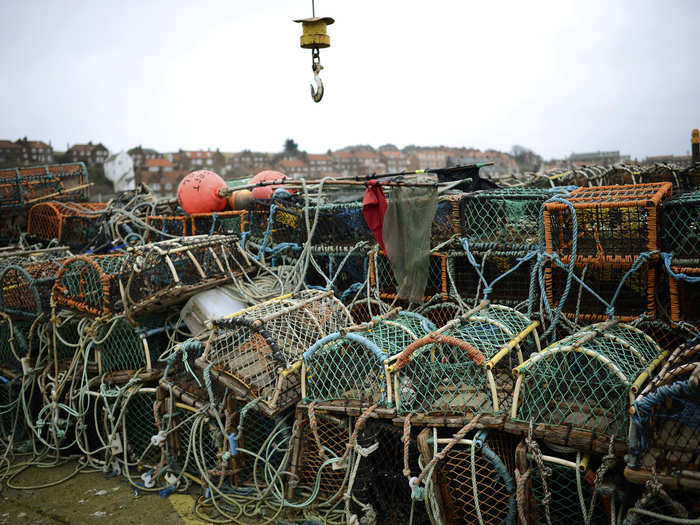
CARBON DIOXIDE LEVELS 2003: An infrared image from July 2003 shows the concentration of carbon dioxide in our atmosphere. The red areas indicate that carbon dioxide concentration is at or above 380 parts per million.
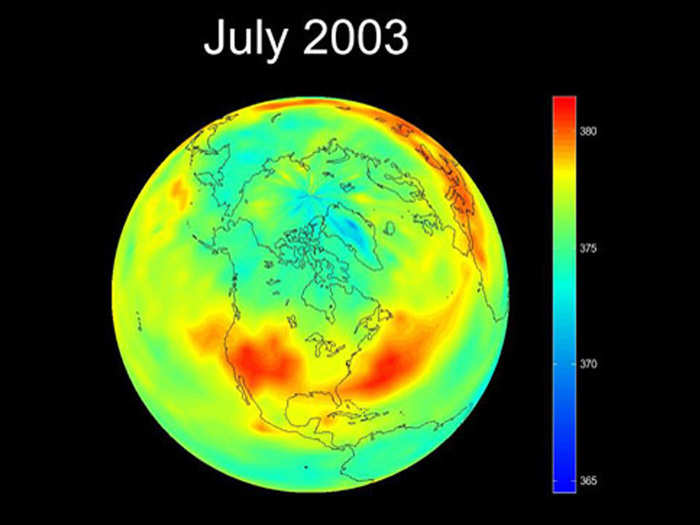
CARBON DIOXIDE LEVELS 2007: The same image of the globe, taken exactly three years later in July 2007, shows that atmospheric carbon dioxide levels are rising. The color bar used for 2003 had to be adjusted to account for the increase in carbon dioxide around the globe. Otherwise, the "2007 map would be saturated with reddish colors, and the fine structure of the distribution of carbon dioxide obscured," explains NASA.

BONUS: These maps compare temperatures in each region of the world to what they were from 1951 to 1980. Earth's average surface temperature has increased by about 1.3°F since 1880.
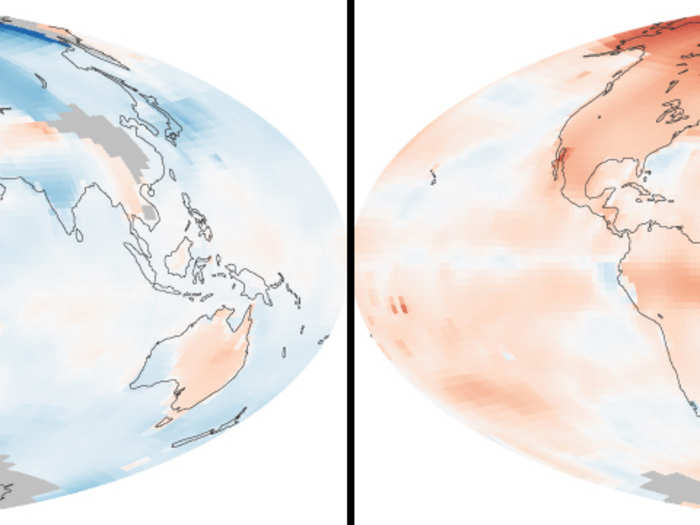
If this persists, humans may have to move to Mars.
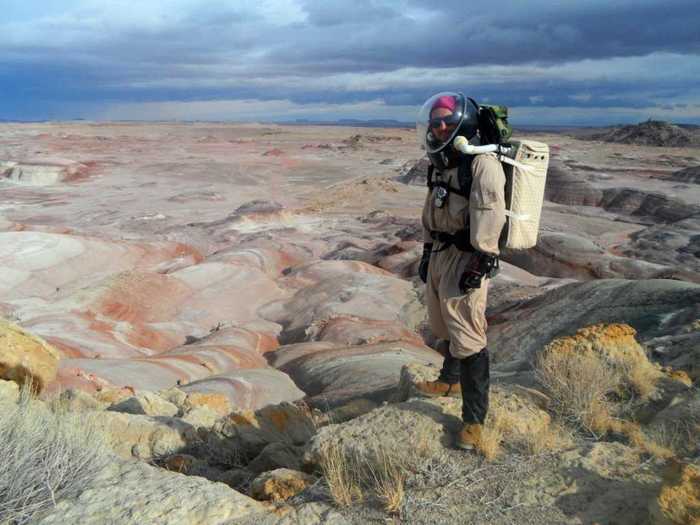
Popular Right Now
Popular Keywords
Advertisement